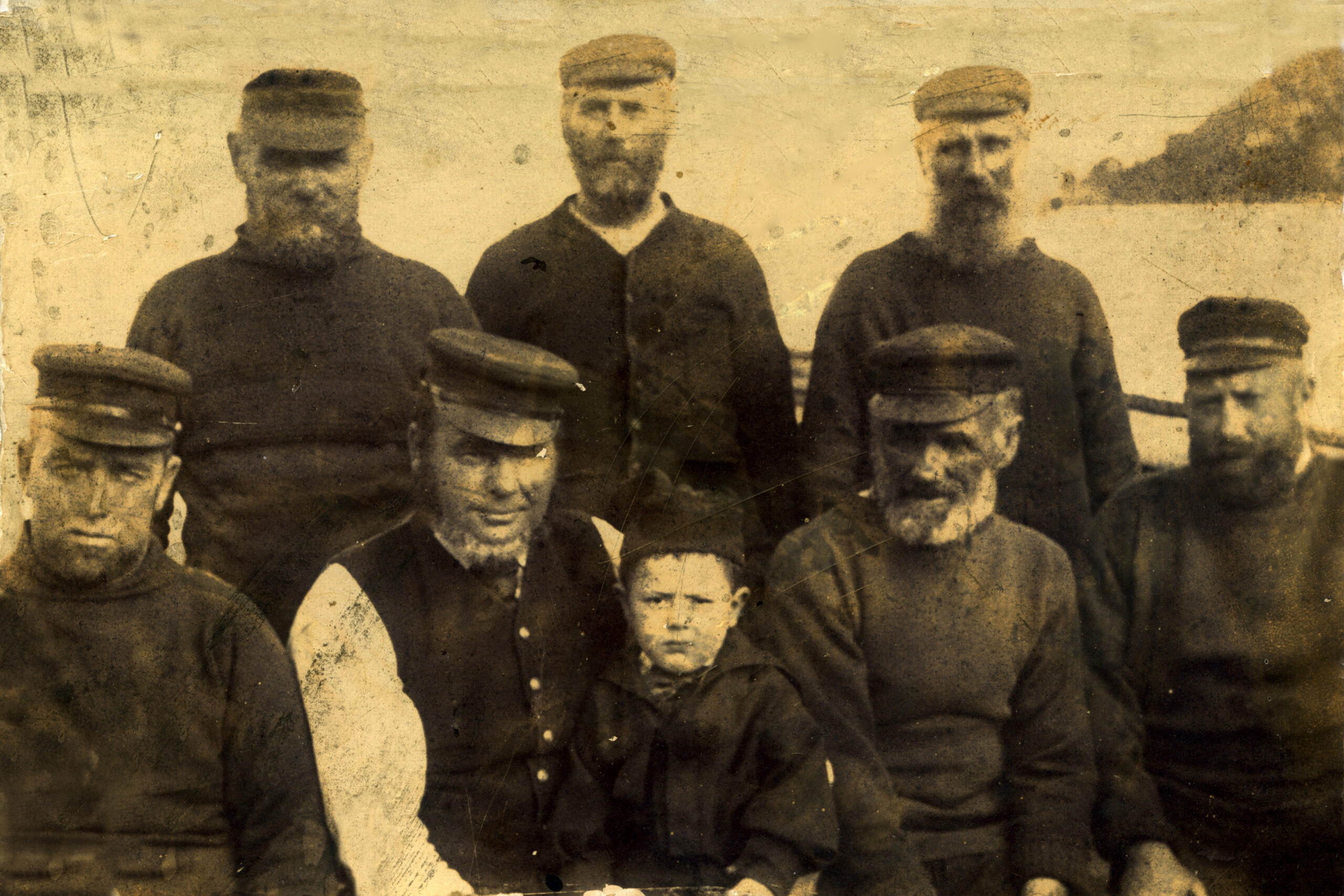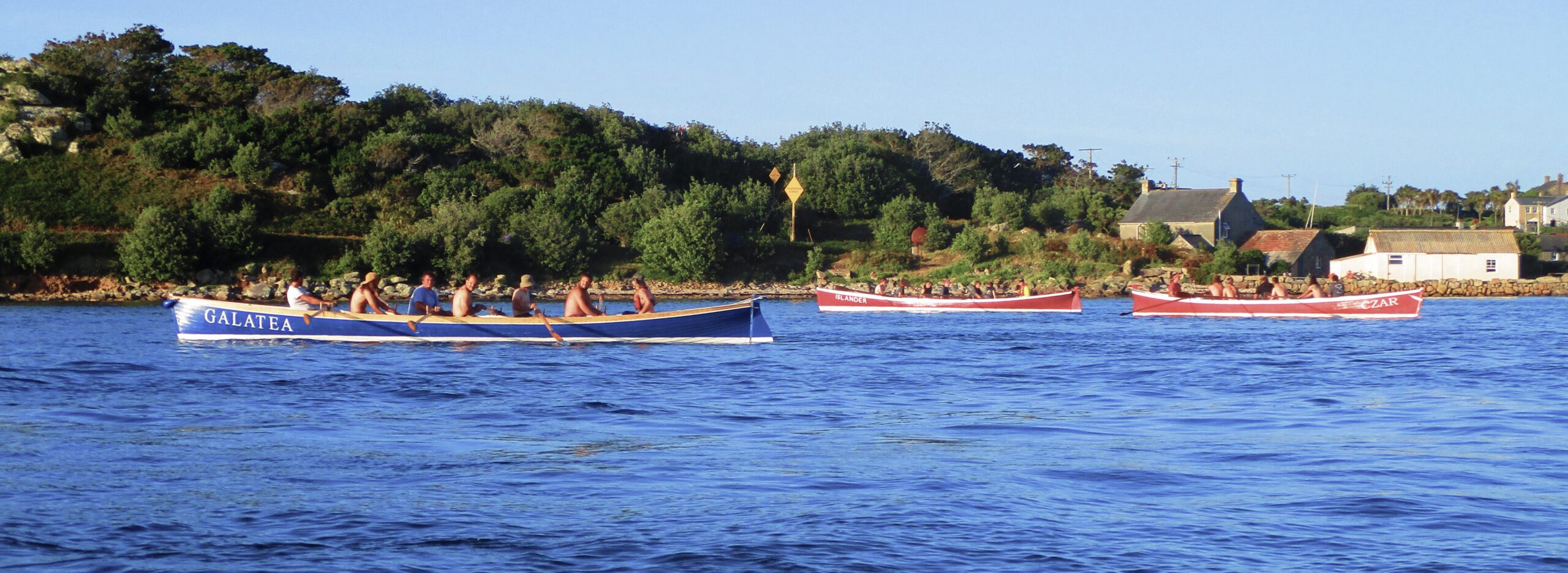
Origins of the Pilot Gig
Cornish pilot gigs are the product of a long and focused evolution, bent on producing the fastest and most resilient sea-going rowing boat possible.
In the days when sailing ships carried all of Britain’s incoming and outgoing trade, successful navigation of her treacherous coasts was a matter of life and death both for seaman and for the businesses they served.
Pilots with detailed understanding of the weather and the topography of the necessary channels both above and below the water passed down, more often than not, from father to son, were an invaluable part of this ecosystem, and the pilot with a gig and a crew fast enough to reach the big boats
before his rivals could become a wealthy man.


The Evolution of the Pilot Gig
Stories of daring pilots, improbable rescues, and ever-faster gigs proliferate from the early 1700s until the emergence of William Peters of St. Mawes as the ultimate perfector of the gig-builders art. Bonnet and Slippen (both 1830) – with their unbelievably thin ¼” planking – remarkably, remain familiar as racing boats to holiday makers even today.
But the Treffry (1838) is the boat modern builders still consider unsurpassed, with its beam narrowed to just 4’ 10” to minimise drag. This is the boat that forms the basis for racing gigs in the present.
Gig Racing Today
In the era of outboard motors, GPS, and self-righting lifeboats, manually-rowed gigs carrying pilots are a thing of the past and many of the classic Peters boats are lost. But as one beloved tradition has been eclipsed, in this case, another has emerged to replace it, with gigs returning to popularity as racing boats.
Today, gig races from Nut Rock back to Hugh Town and various other routes on Friday and Wednesday nights are a staple of the Scilly summer.


The World Cup
Since 1990, the Islands have hosted an annual world cup of Gig racing (www.wpgc.uk) drawing crews from all over Europe.
Locals and holiday makers alike all have their favourite crews.

